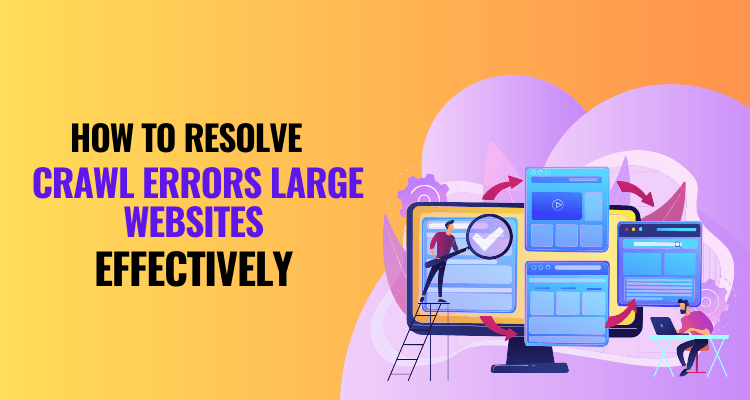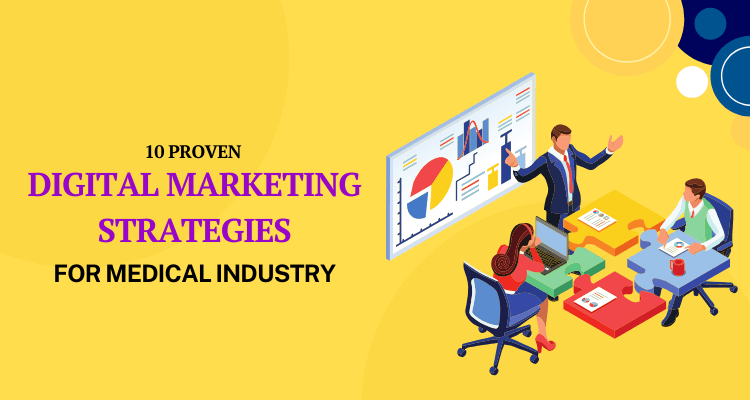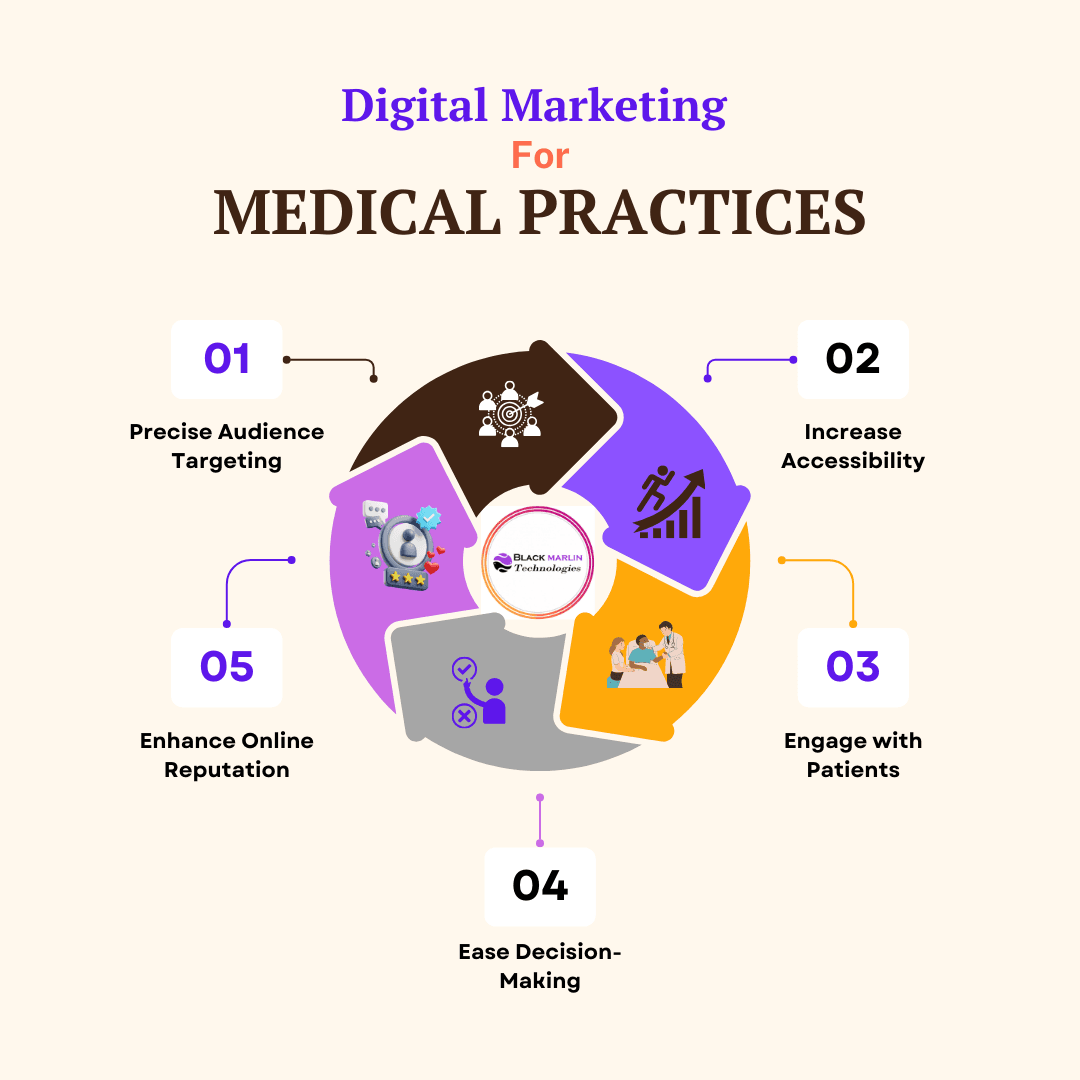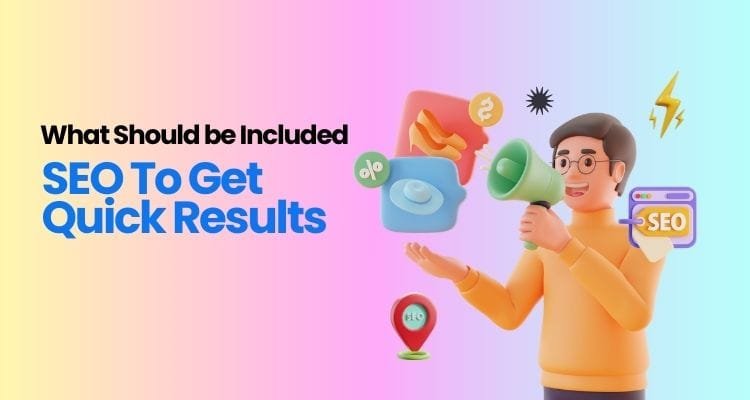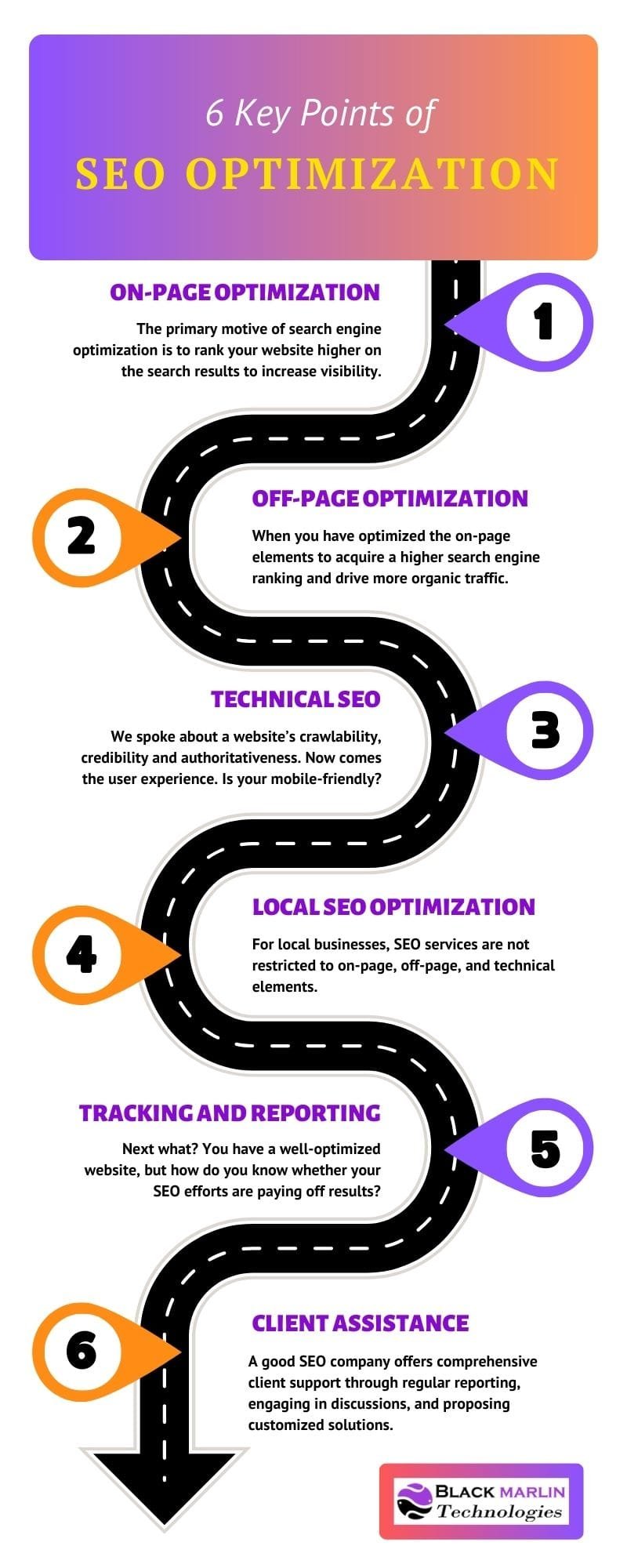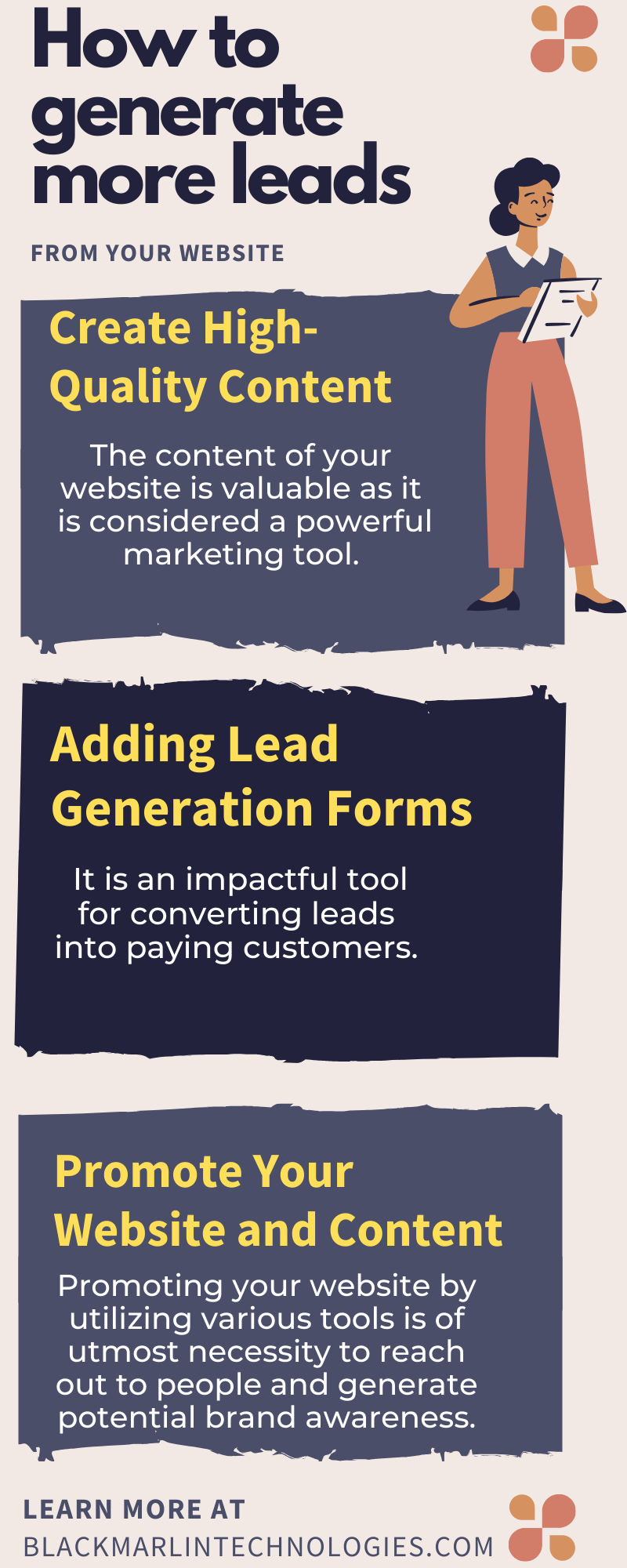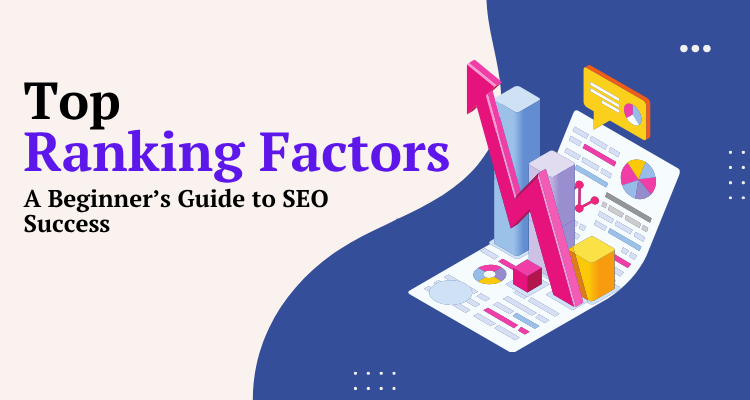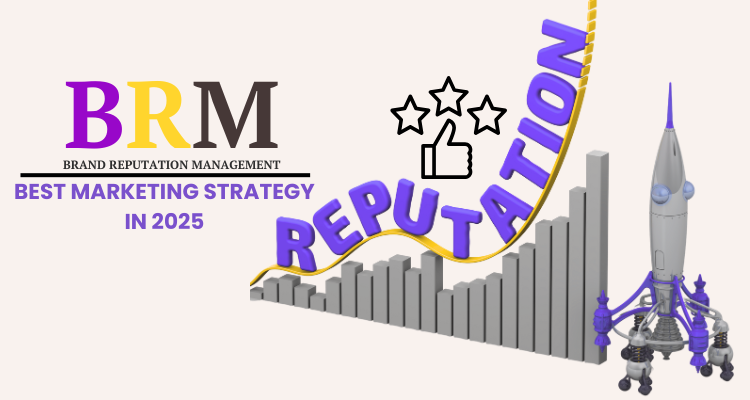Running a business may become challenging if you do not employ the ideal tools for online marketing. In the era of mass digitalization, physical presence or word of mouth is not enough to unearth the unerring returns of a business. Promoting your business through online advertising platforms can be your best bet to maximize ROI (Return on Investment)!
Gladly, we have two industry leaders aiding impactful local business marketing through digital promotion- Facebook Ads vs. Google Ads. Both these advertising giants have readily transformed the local SEO strategy for businesses of all sizes with immersive results.
However, when it comes to choosing the ideal platform for generating more sales in your business, there lies considerable confusion!
Should you opt for Facebook Ads or Google Ads? Which is a better advertising strategy to reach your target audience?

The dilemma is evident as both these PPC (pay-per-click) advertising giants are performing genuinely well! But, there are differences in their strategic approach. So, today, in this blog, we will understand Facebook Ads and Google Ads and conclude your best solution for local business marketing. After all, the products and services, clients, target market, and buyer intent vary from business to business!
Introducing Facebook Ads- The Social Media Leviathan!
We all know the Facebook Ads that appear in feeds, reels, and stories across the Meta ecosystem, i.e., Facebook and Instagram. It is considered one of the most powerful platforms to run online business ads targeting extremely specific users or geographic locations. The Facebook Ads can be of diverse formats, including images, slideshows, videos, and more.
So, how does a Facebook Ad work?
Much like any other regular post, a Facebook ad may appear on the user’s feed while browsing the Meta apps. However, you will notice the word ‘Sponsored’ since advertisers pay for the particular ad. Facebook Ads management is based on advanced targeting alternatives for advertisers to easily spot target audiences. It is generally entrenched in demographics, user behaviour, and interests.
Note: The Facebook Ads run PPC (pay-per-click) and PPM (pay-per-impression) campaigns.

We have put some examples of successful Facebook Ads that have achieved an immense consumer base and encouraged local business marketing.
- Sephora- Sephora is one of the leading international luxury beauty and skincare brands that have steadily grabbed a section of the Indian market through highly engaging video content on Facebook. The brand has strategically made ads exhibiting multiple products and promotions within seconds! Thus, it can reach diverse sections of the consumer market.
- AirAsia- Nobody has perhaps missed the AirAsia ad on Facebook! It is simple and conveys the message to its audiences. The economical and powerful words like ‘Free’ and ‘Limited Time Offer’ are enough to hit the bull’s eye! Also, the bold and radiant imagery is no less than the red traffic light- screams to stop!
- Myntra- Sales, offers, limited-time deals, promotions, or events, the Myntra Facebook ads always focus on announcing special launches or prices to attract its consumers. For effective local SEO marketing, the ads are often based on local celebrations and local languages for targeted reach.
Welcome to Google Ads- The Largest Paid Search Platform!
Initially, Google Ads were referred to as Google AdWords. Google Ads is globally recognized as the most prominent pay-per-click (PPC) advertising platform, focusing on keyword targeting. Generally, you can use text-based advertisements for Google Ads, which appear on the search engine results page (SERP).
Now, how does Google Ads work?
As mentioned, Google Ads are paid searches which work based on keyword relevance and the amount advertisers pay for a particular ad. Google Ads can be of multiple formats like text-only, display ads (image-based), and shopping ads (display a specific product on SERP).
Google Ads is search intent, which means it can target audiences based on keywords, phrases, and demographic details. Therefore, anybody using the Google search engine can view such ads, which promote extensive reach and impactful local business marketing.
Check out some of the successful Google Ads that have attained immense global attention and a loyal client base.
- Juicy Chemistry- Scrolling through the Google SERP, we have often come across skin care products from Juicy Chemistry with crisp product details and stirring display ads. The brand has tactfully implemented SEO practices with powerful keywords and imposing content. This certified organic brand once shipped products only in pan India. However, Google Ads has increased its consumer base by 3X globally. The sales figure has risen to 20% with a higher conversion rate.
- Chumbak- The small-scale home and lifestyle company launched in 2010 is now a well-known brand through the spectacular results of Google Ads! Who doesn’t know about Chumbak? The brand awareness ads on Google have earned enormous recognition and increased sales by 35% within the first quarter. The ads have acquired a large portion of the global market.
- Senco Gold- Today, Senco Gold is one of the reputed and reliable gold and diamond jewellers with the aid of display remarketing campaigns through Google Ads. With location extensions in the campaigns, the brand has successfully reached the local market, driving more traffic to retail stores. Furthermore, the year-on-year revenue growth is 30% in select cities.
Read Blog – ORGANIC SEARCH V/S PAID SEARCH
Facebook Ads VS Google Ads: Which Will Work Best For You?
Much has been said about both advertising platforms, and now it is time to focus on their effectiveness and performance. In other words, ‘Which should you choose for your local online business marketing?’
While it is indeed a controversial question, there are significant differences between the behaviour of Facebook Ads and Google Ads. Though they may offer similar benefits, there are contracts affecting your business results substantially.
So, without wasting much time, let us jump on the topic.
Audience Reach- Both Facebook and Google have massive audience reach. Facebook has an approximate daily active user of 1.73 billion, while Google encounters about 5.8 billion searches in a single day. A study reveals that approximately 90% of mobile advertising revenue comes from Facebook Ads. It is indeed a huge percentage, and you cannot ignore the extensive use of mobile phones these days. Having said this, if you have target audiences on both platforms, it is indeed difficult to decide which one will work for you. So, before opting for any of them, clarify
- Whether your target audience is social or search-oriented
- Whether your audiences are active on both networks
If you have a newly launched brand or product, Facebook Ads will propose higher benefits.
Audience Targeting- For local marketing, audience targeting is one of the most influential features. The target audience varies based on the products and services offered by a business. Facebook Ads propose comprehensive targeting options where you can pinpoint the consumers you want to reach. Parameters like location, demographic details, browsing behaviour, interests, industry, life events, etc., are used for precise targeting. On the other hand, Google Ads rely on keyword search alignment to help comprehend buyer’s interest and average CPC. Alongside, other parameters like gender, age, location, and type of device are implemented in Google Ads for audience targeting.
Additionally, Google Ads enable remarketing ads and affinity audiences. It generates increased brand awareness and customizes your audiences. Facebook Ads offer complex remarketing strategies which are out of reach for small-scale businesses.
Conversion Rate – Facebook Ads have an average conversion rate of 6.57% for every 100 clicks of a campaign. More than six users can achieve the desired conversion rate on the landing page. However, Google Ads have an average conversion rate of 7.26%, and it varies from advertiser to advertiser. So, it is worth investing in Google Ads as the click-through rate is higher than Facebook Ads. Nevertheless, consumers intending to buy often skip the research stage.
Consumer Intent – Google Ads acquire a better position than Facebook Ads when it comes to consumer intent because people most likely research a product or service on Google when they intend to buy. Facebook Ads are comparatively less effective in converting potential leads to buyers. Having said this, you may still consider Facebook Ads to generate an audience base if you focus on building brand awareness rather than immediate conversion.
Return on Investment (ROI) – In general, Facebook Ads are cheaper than Google Ads. Nevertheless, it varies from industry to industry. Though the average CPC (cost-per-click) is higher for Google Ads, you will receive better ROI. When the average CPA (cost-per-action) is $48.96 for search and $75.51 for display in Google Ads, it is only $18.68 in Facebook Ads.
Ad Placement Choices – Facebook offers numerous ad placement options. You can display your ads in feeds, stories, marketplaces, streaming videos, and in the right column. Also, your ad will appear in the Meta ecosystem, which includes Messenger and Instagram. However, Google proposes two primary ad placement options- Google search results and Google Display Network, which supports over 2 million other websites.
Ad Formats – Presently, Facebook supports six types of ad formats- images, videos, slideshows, collections, instant experiences, and carousels. Thus, with Facebook ads, you can explore your creativity while gaining better audience engagement. On the other hand, Google offers four variety of ad formats- text-only, call-only, banner ads, and shopping ads. The text-only ads appear at the top or on the right. The call-only ads let the audiences call the advertisers with a click. Nonetheless, the shopping and banner ads look similar to Facebook Ads with images, texts, and logos.
Conclusion
It is indeed difficult to choose between the two online advertising giants as both of them serve individual purposes. Determining which pay-per-click ad will work best for your business relies entirely on the above parameters. Before investing in Facebook or Google ads, you must understand your audience’s intent, reach, budget, ease of use, and ad format since they will help you narrow down your dilemma. Whichever you choose, be assured of deriving the best results for your local business marketing strategy.
Frequently Asked Questions (FAQs)
Q. Facebook Ads vs. Google Ads: Which is better?
Ans. Google Ads perform better in certain aspects like need-based products and service industries. Facebook Ads are preferable to generate brand awareness and precision audience targeting.
Q. Is it worth investing in Facebook Ads?
Ans. Yes, definitely. If you are seeking to establish an audience base, there is no other better platform than Facebook. It is affordable and effective for acquiring audience attention.
Q. Is it worth investing in Google Ads?
Ans. Yes, of course! Google Ads have high CPCs and the potential to drive greater traffic. Also, you enjoy a better conversion rate and increased business exposure.
 +1-(646) 362-1414
+1-(646) 362-1414 +91-88-266-83820
+91-88-266-83820




